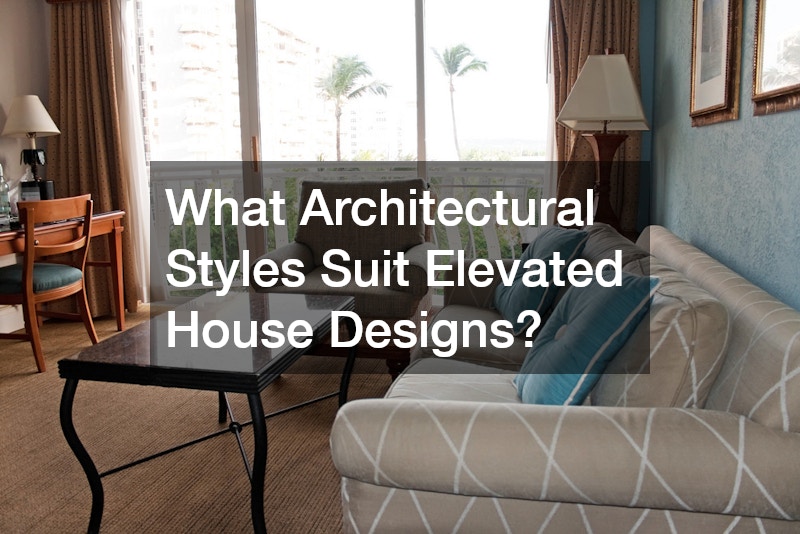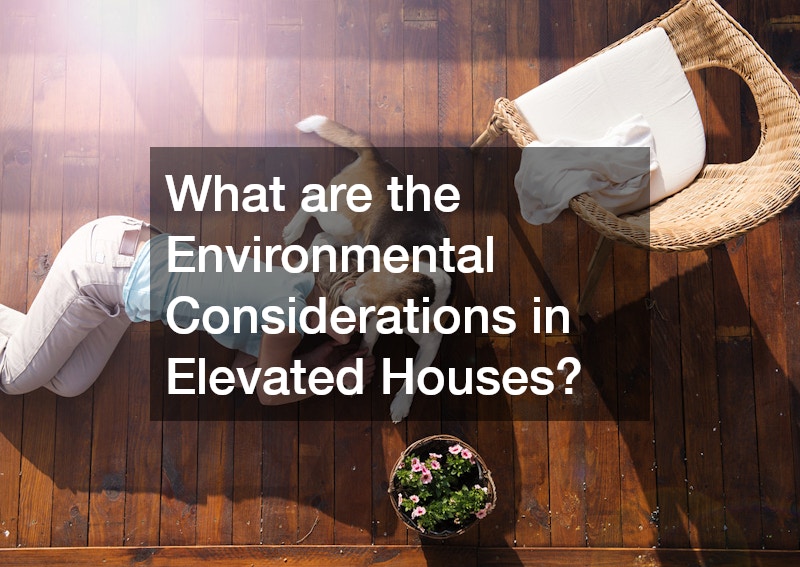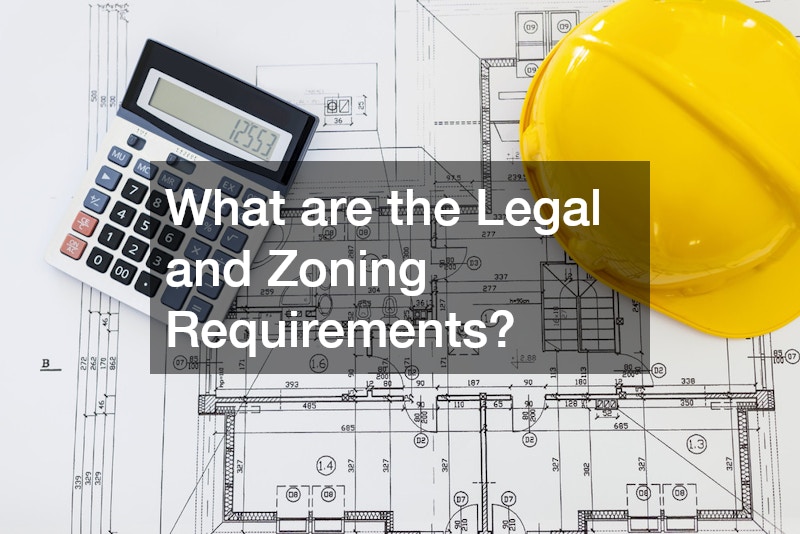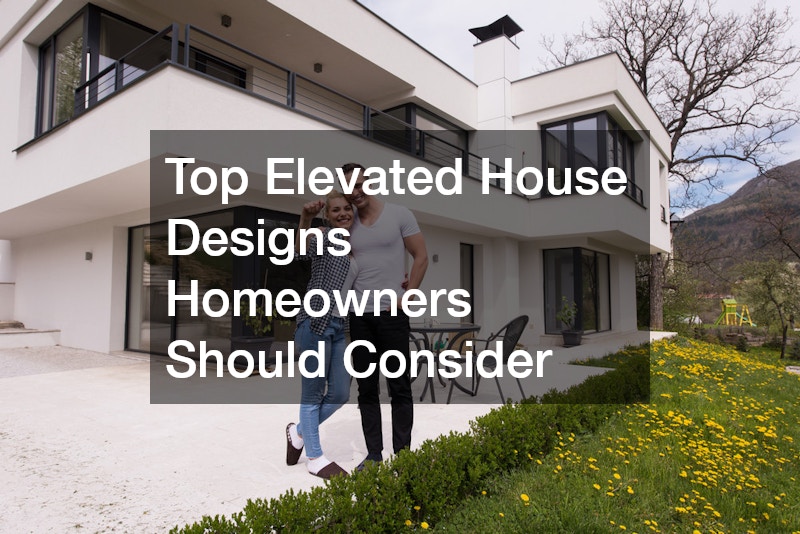Elevated house designs have increasingly drawn attention from homeowners and architects alike, becoming a popular architectural choice for modern living. These designs offer a unique aesthetic, environmental advantages, and the ability to withstand varying climatic conditions, making them particularly appealing in areas prone to flooding or rising sea levels. The key benefits of adopting elevated house designs include enhanced views, improved airflow, and increased property longevity, providing a host of functional and aesthetic enhancements that align well with contemporary living standards.
Many homeowners are turning to elevated house designs not just for their aesthetic value, but also for practicality and resilience. The advantages they offer go beyond visual appeal, delving into improved energy efficiency and environmental sustainability. Understanding why elevated homes are gaining traction involves exploring these benefits, each of which speaks to both the long-term value and immediate comfort they provide to residents.
As lifestyles evolve and environmental concerns become more pronounced, elevated house designs offer a proactive solution. They align with the modern homeowner’s desire for sustainable living without compromising on style or convenience. This introduction sets the stage for a deeper exploration of the various facets that make elevated house designs a worthwhile consideration for any home project.
What are the Benefits of Elevated House Designs?

Elevated house designs bring forth numerous benefits that appeal to a wide array of homeowners. One of the primary advantages is protection against flooding, which is increasingly important due to climate change causing more frequent and severe weather events. By being raised above ground level, these homes are less susceptible to water damage, offering peace of mind that lower-level homes simply cannot match.
In addition to their resiliency, elevated house designs also provide excellent ventilation and airflow. This aspect is particularly crucial in warmer climates, where natural cooling can significantly reduce the need for air conditioning. Plumbing contractors often find it easier to manage the installation and maintenance of systems in elevated homes, given the easier access beneath.
Furthermore, the aesthetic appeal of elevated homes is undeniable, offering spectacular views that would otherwise be blocked by traditional layouts. This element of design not only enhances living space but also increases property value by incorporating desirable features such as expansive decks and elevated gardens. These benefits solidify elevated house designs as a practical and luxurious choice.
How Does Elevated Design Impact Energy Efficiency?
Elevated house designs contribute significantly to energy efficiency, aligning well with eco-friendly goals. The elevation allows for natural cooling, reducing reliance on air conditioning systems. Electricians often note that the improved airflow in elevated homes facilitates efficient climate control technologies, leading to lower electricity usage and cost savings for homeowners.
Additionally, elevated house designs can seamlessly integrate with renewable energy solutions like solar panel installations. The unobstructed roof space typical of elevated homes provides an ideal location for solar panels, optimizing their exposure to sunlight and enhancing overall energy efficiency. As energy costs rise, utilizing such space-efficient designs allows homeowners to decrease their carbon footprint while benefiting economically.
Furthermore, the design principles behind elevated house designs promote the use of sustainable materials, reducing the environmental impact during construction and throughout the home’s lifespan. By focusing on energy-efficient principles from the outset, homeowners can enjoy reduced utility bills and contribute to broader environmental goals, making elevated house designs both a smart and conscientious choice.
What are the Cost Implications of Elevated House Designs?
When considering elevated house designs, it is crucial to understand the cost implications involved. Initially, the construction of elevated homes may present higher costs due to the more complex structural requirements needed to ensure stability and support. These homes require specialized foundations, which can be labor-intensive and involve additional expense.
However, when taking long-term expenses into account, elevated house designs often prove more economically viable. For instance, the risk of flood damage is greatly minimized, potentially saving homeowners from costly repairs. Also, generator installation is more straightforward and less expensive in elevated homes due to increased access and safety against flooding.
Moreover, the enhanced energy efficiency of elevated houses can lead to significant savings on utility bills over time. Given the lower reliance on heating and cooling systems, as well as potential earnings from solar energy systems, elevated designs can offset their initial higher investment, presenting a smart financial consideration for future-conscious homeowners.
What Architectural Styles Suit Elevated House Designs?

Elevated house designs are versatile, accommodating a range of architectural styles. They complement contemporary designs, which often emphasize minimalism and clean lines, and blend seamlessly with coastal architecture that prioritizes views and natural environments. The elevation enhances these styles by providing panoramic sightlines and a sense of openness.
Solar panel installations integrate well with modern elevated house designs, reinforcing sustainable living while complementing the cutting-edge aesthetic common in modern architecture. Elevated homes are often designed with flat roofs or gentle slopes, which are ideal for optimizing the placement and efficiency of solar panels, enhancing their functional utility.
Traditional architectural styles, such as Cape Cod or Colonial, can also benefit from being elevated. By infusing historic design elements with the innovative aspects of elevated structures, homeowners achieve a harmonious balance between charm and practicality. This flexibility of elevated house designs makes them an appealing option for a diverse range of personal tastes and regional influences.
How to Plan and Design an Elevated Home?
Planning and designing an elevated home entails careful consideration of several factors to ensure both functionality and aesthetics. Collaborating with a roofing company should be prioritized as they play a critical role in ensuring the structural integrity and weather resistance of the elevated structure. The roofing choice should accommodate potential installations like solar panels while offering durability against the elements.
Effective planning also involves considering plumbing and electrical systems during the initial design phase. Plumbing contractors and electricians should be consulted to determine optimal configurations that take advantage of the home’s elevation. This foresight ensures that utilities are accessed easily for maintenance and that the design incorporates efficient drainage and energy solutions.
When designing the layout, attention to maximizing space and optimizing the natural advantages of elevation is crucial. Factors such as sun orientation, wind patterns, and views should guide the placement of living areas and utilities. By carefully coordinating these elements, homeowners can create elevated house designs that meet their lifestyle needs while offering aesthetic and functional benefits.
How to Maximize Space in Elevated House Designs?
Maximizing space in elevated house designs requires inventive approaches to make the most of the additional vertical elements these homes present. Often, the area beneath the home can be utilized effectively by converting it into storage or parking spaces. This innovation ensures that no space is wasted, adding another layer of utility to the home’s elevated design.
Creative use of outside spaces, such as expansive decks or verandas, can also enhance livable space in elevated house designs. Such additions provide outdoor living opportunities and expand the perceived size of a home while offering stunning views and increased exposure to natural light. Siding installations can be optimized to ensure seamless integration between inside and outside areas.
Interior design plays a vital role in maximizing space as well. Utilizing multi-functional furniture and open-concept layouts allows space to remain flexible and transform according to the inhabitants’ needs. Employing these strategies ensures that elevated house designs do not just remain architecturally striking but also provide genuinely livable and versatile homes.
What are the Environmental Considerations in Elevated Houses?

Environmental considerations are paramount in the design and execution of elevated houses. These structures minimize their environmental footprint by leveraging their elevated position to blend into natural landscapes without substantial modification. This approach protects existing vegetation and habitats, critical considerations for eco-conscious homeowners.
Incorporating sustainable building practices is a key focus area in the development of elevated house designs. Using eco-friendly materials that are both durable and resistant to environmental degradation fosters long-term sustainability. Building with an emphasis on reducing waste and pollution aligns with the goals of more sustainable living spaces.
Water management is another integral component, with gutters and drainage solutions being meticulously planned to optimize rainwater harvesting and reduce runoff. These systems help preserve local water tables and contribute to the efficient use of resources, offering significant environmental benefits that align well with the ethos of elevated home designs.
What are the Maintenance and Safety Factors in Elevated Homes?
Maintenance considerations for elevated homes include regular inspections to assess structural integrity and safety. Due to their height, elevated house designs may face unique stresses from wind and weather, making it necessary to ensure that components are consistently in good repair. This attention to maintenance extends beyond the structural elements to systems like gutters, which play a crucial role in maintaining effective water drainage.
Safety measures are also crucial, particularly when it comes to access and egress. For example, emergency exits and staircases should be designed to accommodate quick and easy access, regardless of environmental conditions. These design considerations help maintain high safety standards for both residents and visitors.
Aesthetic improvements, such as a sunroom addition, can imbue elevated houses with warmth and hospitality while requiring additional safety considerations. Proper installation and regular power washing of materials like glass ensure longevity and sustained visual appeal, maintaining both safety and beauty in elevated house designs.
How to Incorporate Modern Technology in Elevated Designs?
Integrating modern technology is imperative to fully realize the advantages of elevated house designs. Smart home technologies, which control lighting, climate, and security systems, can significantly enhance the convenience and efficiency of elevated homes. These technologies enable homeowners to manage energy consumption effectively, contributing to the home’s overall sustainability.
Modern elevated homes can also include advanced installation options such as power washing systems, which help maintain the pristine condition of the exterior surfaces from the ground level. This capability is particularly beneficial in elevated homes, where routine maintenance can be more challenging but no less vital.
Advanced window treatment services integrate seamlessly with elevated house designs, enhancing energy efficiency and comfort by controlling light and heat entry. These smart features, married with the inherent benefits of elevation, can transform these homes into epitomes of modern living, offering both functionality and style.
What are the Legal and Zoning Requirements?

Legal and zoning considerations are pivotal in the planning of elevated house designs. These houses must comply with local building codes that often dictate structural height limits, environmental impact regulations, and safe access requirements. Gaining a clear understanding of these stipulations is essential to prevent legal obstacles during construction.
Zoning rules may vary significantly by region, influencing where elevated designs can be realistically pursued. Restrictions on building heights or minimum ground clearances are critical to address early in the planning phase. Therefore, thorough due diligence and collaboration with a local attorney familiar with zoning regulations are recommended to ensure compliance.
In specific localities, requirements to mitigate environmental impacts, such as restrictions on land use or mandates for preserving existing vegetation, could further influence design choices. Homeowners and builders need to navigate these legal frameworks comprehensively to create elevated house designs that meet all regulatory prerequisites while fulfilling personal design needs.
Incorporating These Elevated House Designs
Elevated house designs provide an innovative approach to modern living by combining aesthetic appeal with practical benefits. From superior protection against natural elements to enhanced energy efficiency, these designs offer compelling advantages for today’s homeowners. The ability to incorporate advanced technology and sustainable materials into the construction further elevates the utility and environmental responsibility of these structures.
As we have explored, elevated house designs are versatile, supporting a range of architectural styles while offering ample opportunities for customization in both design and function. The strategic use of space, enhanced views, and increased longevity contribute to their growing popularity among both builders and residents interested in sustainable and Smart home solutions. By maximizing their design potential, these homes adapt well to various lifestyle needs, providing comfort and adaptability.
For those considering their next home project, elevated house designs present an exciting possibility that balances innovation, durability, and environmental harmony. With careful planning and execution, they not only enhance everyday living but also increase property value and contribute positively to contemporary living standards.
